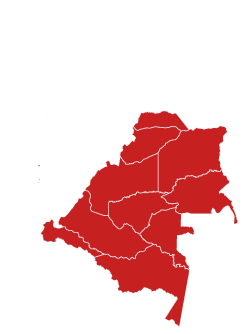Nancy Obando
Pasto, Nariño.
Barniz de Pasto
gladysobando@hotmail.com
301 4903551
@barnizdepastoobando
Mopa-mopa, also called Pasto varnish, has never been thought of as a woman’s craft. This has been the case even though, as Nancy Obando reminds us, families have always supported their craftsmen and women have accompanied these processes for decades from their homes. She is a member of the Obando family, whose legacy in the trade goes as far back as the nineteenth century. She laughs affectionately when she remembers her childhood home. Her mother called it a “charity home” because her father used it to shelter any youngster who needed to straighten up. He would also give bits of triplex boards to the neighbors so their children could do their homework, as well as aspirin to anyone who needed it. This was the example Nancy received and learned from at home. Her father always had a tremendous amount of respect for his wife and right hand. She came into his life at a very young age and helped him take the reins of his family when his father passed away. He was barely 14 at the time. The household’s women learned certain skills that were customarily left to men like coating with cowhide glue and water, and handling knives to perform several distinct tasks. The latter included making “P,” “T,” and “S” shapes; forming the patterns used for decorating the edging of the mopa-mopa; and shaping the quingo. Likewise, they mastered how to fill in the rosettes, thus acquiring the skills they needed to make flower models, paint Nariño’s landscapes and mountains, and depict farmers with their baskets and among their crops. They also learned to craft traditional ñapangas. Nancy has been able to pass on the amount of detail and dedication she puts into her craft to the younger generations. She has done so to her children and to the dozens of pupils she has taught: they will continue preserving this tradition in the future. In 2019, she received the Domitila Sarasti medal, which is awarded in acknowledgment of the outstanding work of craftswomen.
No puede copiar contenido de esta página


